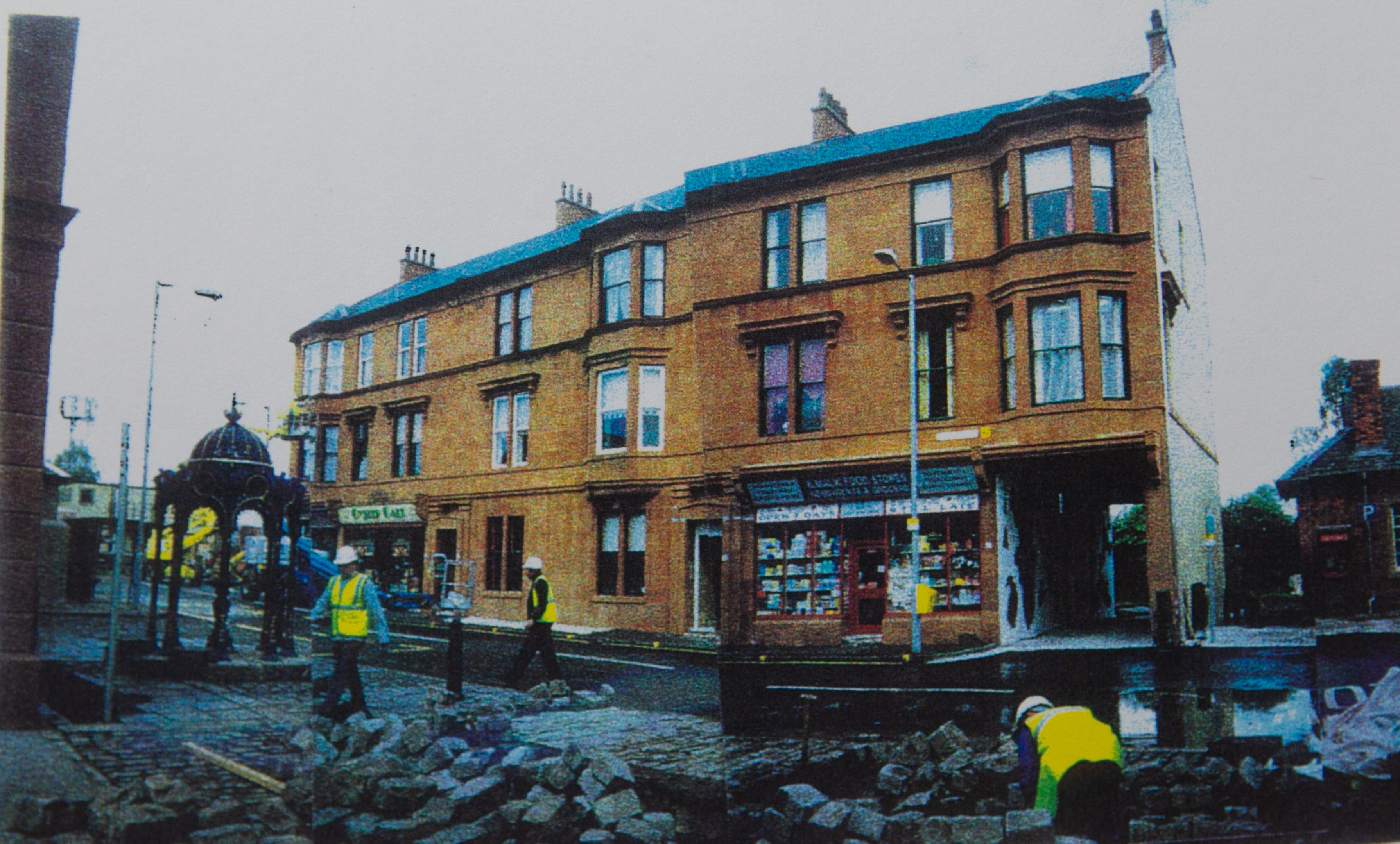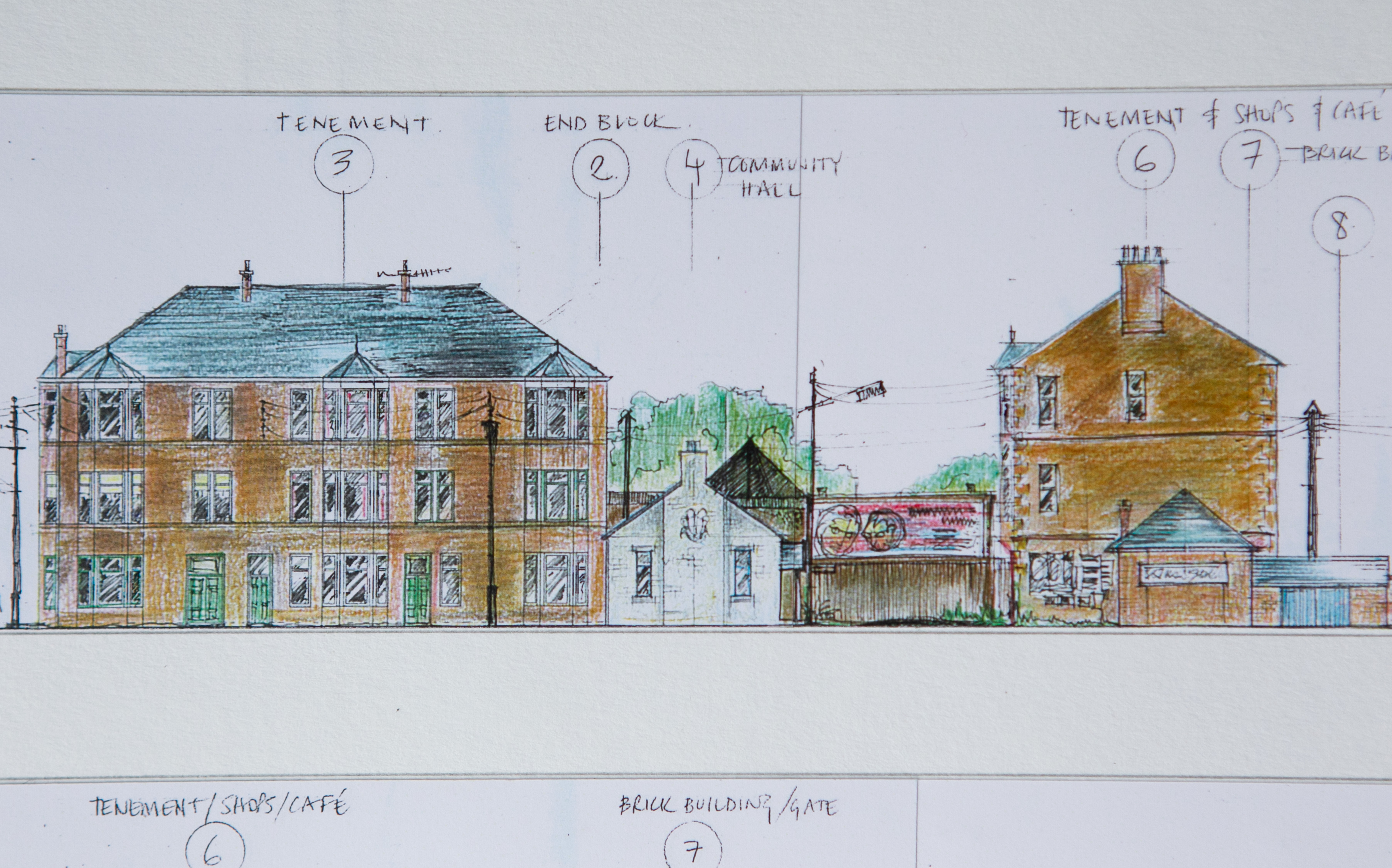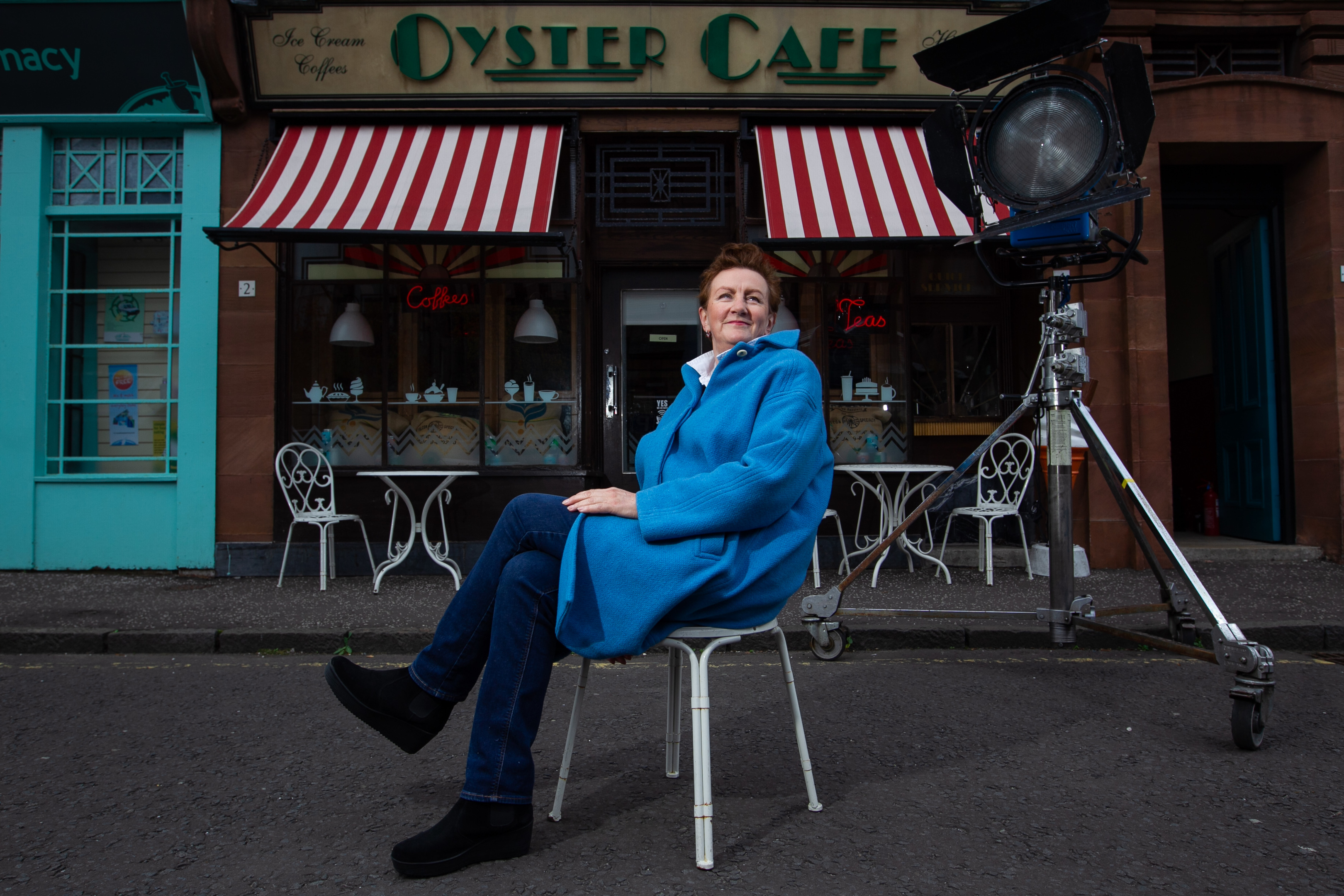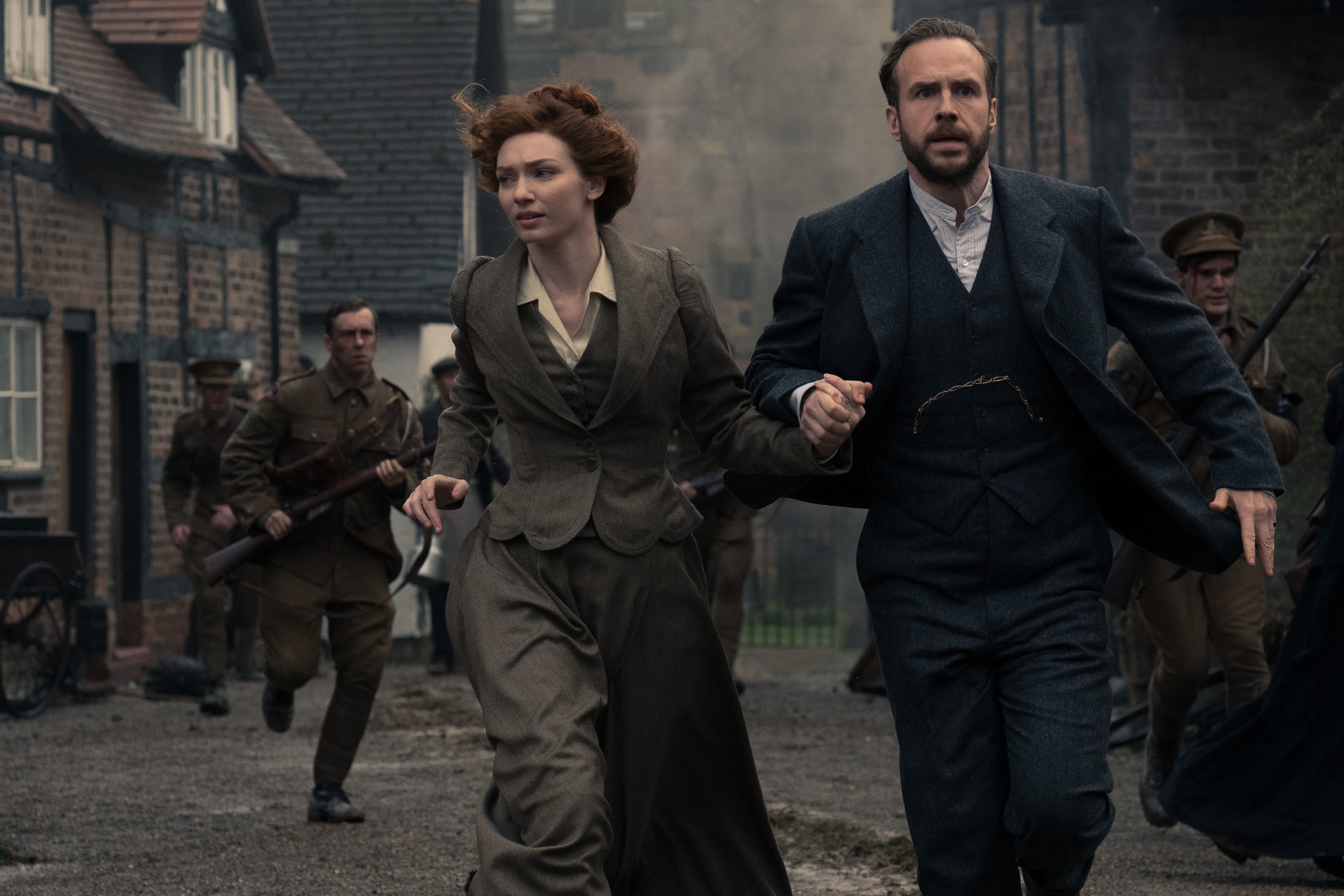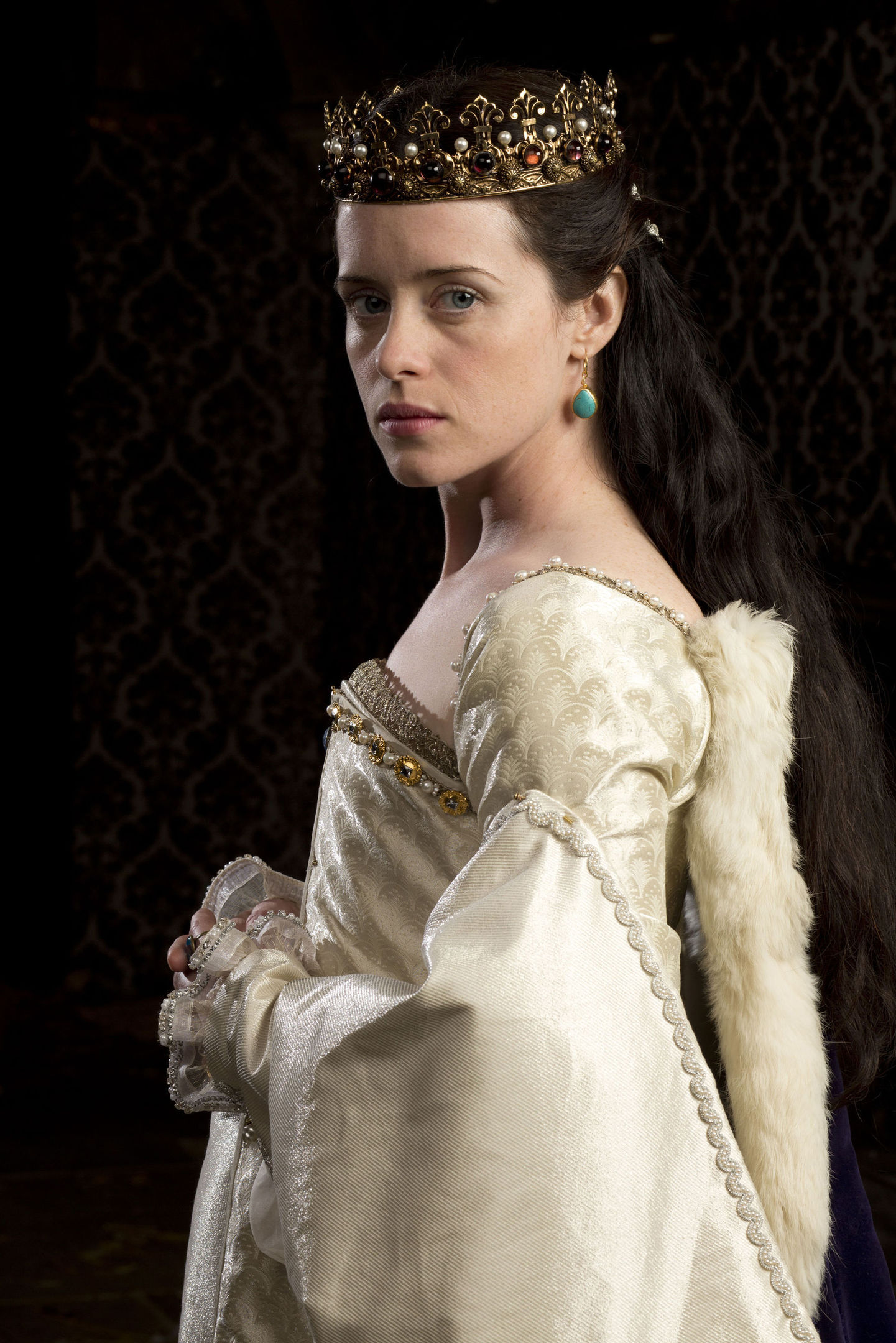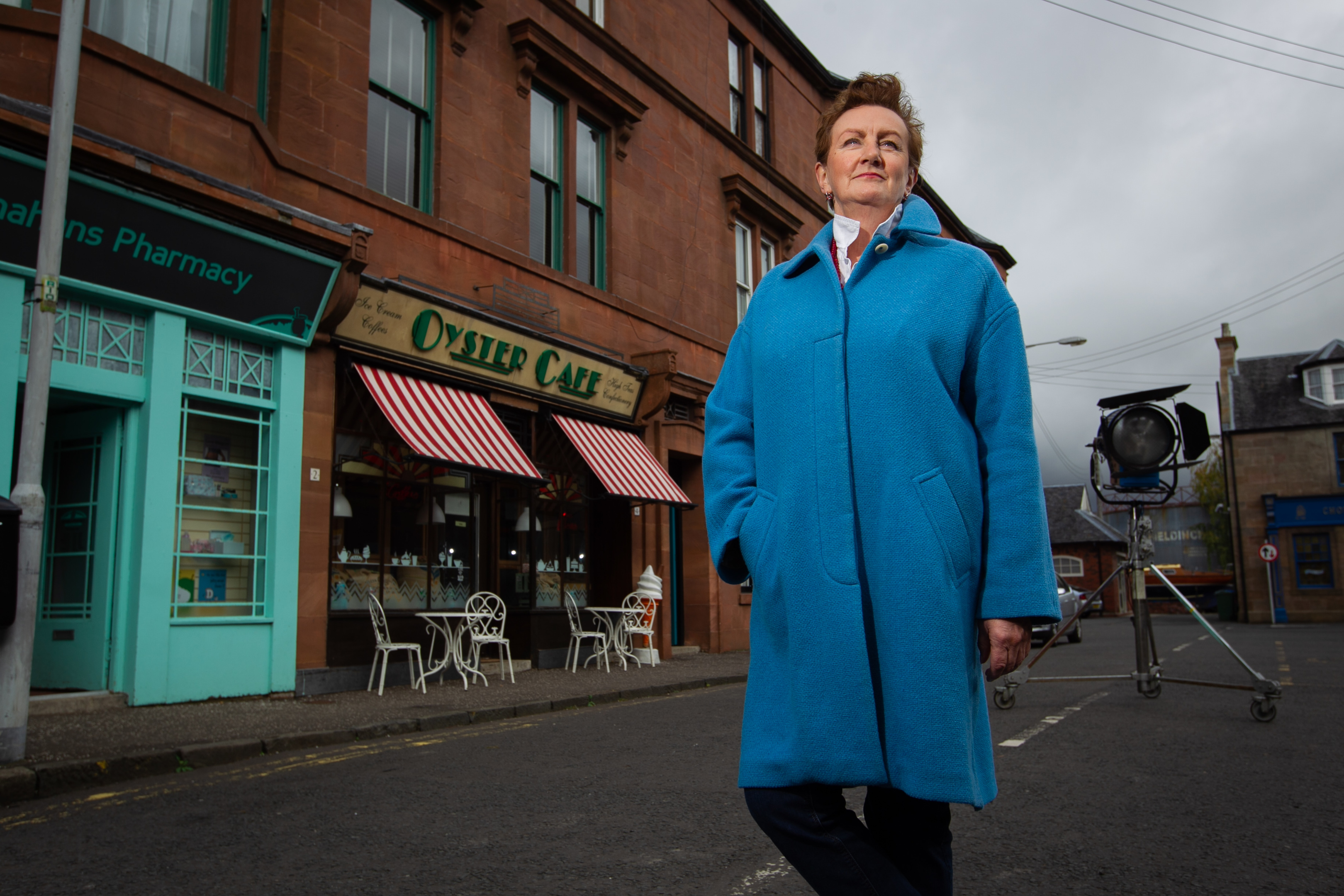
OVER the years, Shieldinch has seen love, laughter, drama and death. Pat Campbell was the architect of it all – because she built the set.
Production designer Pat’s vision saw BBC Scotland’s River City rise from an empty field and become one of Scotland’s favourite soaps.
But she has also helped bring everything from Rillington Place and Wolf Hall, The 39 Steps and Endeavour to our screen. And her ingenuity and expertise was called in to play for the BBC’s new War of the Worlds adaptation, expected to be one of the highlights of the Christmas TV schedules.
Now Pat’s remarkable career will be celebrated at next Sunday’s Scottish BAFTAS. Along with Alan Cumming and acclaimed producer Paddy Higson, she will be given an Outstanding Contribution Award.
Pat, who had always shown her creative side at school, went to Glasgow School of Art in the mid-1970, graduating with a BA Honours after four years.
But she took a major risk to set her on the course that would see her rub shoulders with big stars on TV and movie sets across the world.
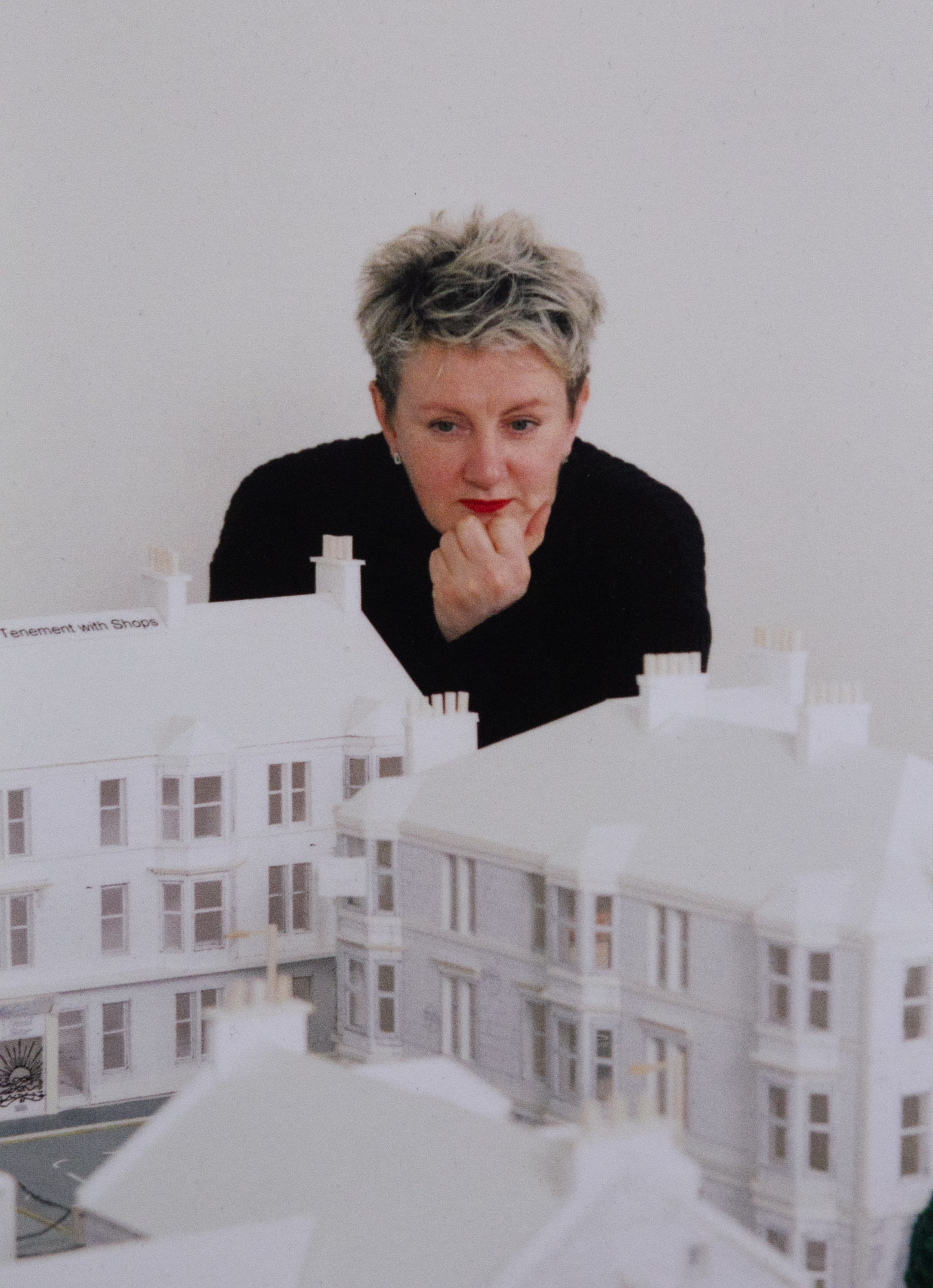
“I got a job at the Hunterian Museum in Glasgow but I had a friend who worked at the BBC and I had such job envy,” said Pat, 61, who lives in Drymen.
“I kept going along to get my face known by the head of the design department. Eventually, in 1981, I was offered a three-month contract but it meant I had to decide whether to give up a steady, full-time job.
“It was a big risk, just hoping I’d get another contract. But I was young and I didn’t have a mortgage so I decided to take the chance.”
Pat had a number of short-term contracts, working as an usherette at the Glasgow Film Theatre, too, to help pay the bills, until she got a full-time post.
Her first solo show was Scotch and Wry, with her big drama breakthrough coming with Takin’ Over The Asylum, starring a young David Tennant.
“It was my first real drama and a huge responsibility,” said Pat. “It was a massive design job as we were filming at Gartcosh Hospital, one of those old Victorian asylums.
“We had one entire floor to divide and create men and women’s areas. It was a fantastic challenge, but it was also quite a heartbreaking place to work.
“It was just about the time care in the community was really taking off and there were people being put out who were seriously institutionalised. There was a real tragedy about it.”
When BBC Scotland were planning their own soap, it was Pat who got the call to help make River City a reality.
“I was given the brief that it was to be on the lines of EastEnders but had to be low maintenance as the costs of the Albert Square set were astronomical.
“The annual costs had to be contained but the set had to last for 15 years. Thank goodness River City is still going strong after 16 years and so is the set.”
Pat was tasked with creating the now-familiar street set on a field at the back of some old distillery buildings in Dumbarton.
The pub, shops, café and tenements all rose from nothing, with Pat taking inspiration from real-life Glasgow streets and buildings. Scaled-down streets and structures were designed to look better on screen and were built from timber before the outside was plastered by theme park specialists to look like aged sandstone.
“We had to come up with everything from the biggest buildings and sets right down to the teaspoons in the café drawer.”
Pat was back in Dumbarton years later for Rillington Place, the chilling BBC drama about serial killer John Christie starring Tim Roth.
It had been hoped to find a Glasgow street that could double for 1950s London but when that proved impossible, a recreation was made in a car park at the BBC studios.
And being inventive in bringing the past to life is something Pat is well used to. “On the Channel 4 drama The Mill the hope was to use an existing mill, maybe one of the living museums that had all the old machinery,” she said.
“When we couldn’t find the right machinery, though, we actually had facsimilies of the enormous old spinning machines made and covered an entire mill floor with them.”
Pat still loves the opportunity to work on home soil but says that the BAFTA Scotland presentation, coming almost four decades after she took the biggest gamble of her life, is her greatest honour.
“It was a complete surprise, coming completely out of the blue,” she adds. “It would never have occurred to me in a million years when I started and it’s an amazing thing to get.”
The BAFTA Scotland Awards take place at Glasgow’s Radisson Blu Hotel next Sunday evening.
War of the Worlds
Much of this year for Pat was spent on working on War Of The Worlds, starring Robert Carlyle.
Unlike the Tom Cruise blockbuster, BBC finances dictated an epic look had to be achieved on with far fewer resources.
“The budget was pretty small so we couldn’t just throw money at it,” said Pat.
“But the Martians arrive and the world is destroyed so we had to find a way to make that happen.
“There is a lot of CGI but we had to knock down a section of forest and plant a 30ft-high alien capsule.
“Quite rightly we couldn’t just destroy trees but we found a nature reserve that was doing some logging and we re-located some of the trees to a clearing.
“We laid them out as if they’d been hit by a spacecraft and built a full-size capsule which we buried.”
Wolf Hall
Acclaimed drama Wolf Hall was set to be filmed in locations across the south of England.
“The decision was made to shoot in the palaces and castles Henry VIII visited,”said Pat.
“But even though the properties were preserved, there was a huge amount of covering up to do.
“In some stately homes we weren’t allowed to touch a thing so we carried pop-up frames we could drape with fabrics to hide things.”

Enjoy the convenience of having The Sunday Post delivered as a digital ePaper straight to your smartphone, tablet or computer.
Subscribe for only £5.49 a month and enjoy all the benefits of the printed paper as a digital replica.
Subscribe